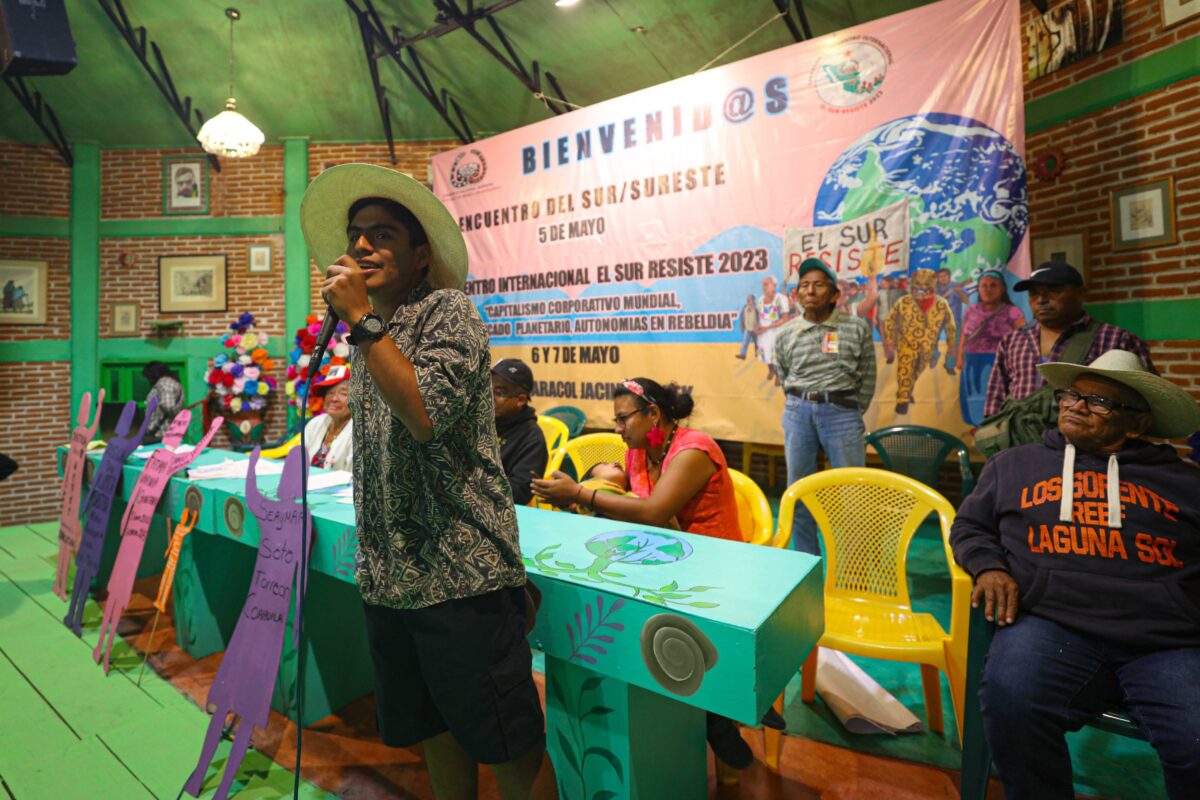The caravan and the El Sur Resiste meeting are a historic effort to make visible and report the destruction of the multicultural region through which the Interoceanic and Mayan Train megaprojects cross. The main agreements reached are focused on indigenous youth, besieged by drug trafficking. Given the urgency for the devastation of territories, it was a happy reinforcement of horizons. Attendees from Central America gave an account of the interconnection of megaprojects in their countries
tw: @dal_air
Chirro launches a rebellious tenth as the final message of the Encuentro El Sur Resiste, although he is not accompanied by the typical revelries of his town on the Veracruz Isthmus:
“Water,
water is life
take care of her, it’s over
we don’t want fracking
and neither the mine
the territory is ours
they want to take it away from us
and we are not willing
to let us trample
to let us trample”.
He is a young man in a peasant hat, a member of the Altepee Collective. His verse reflects the joyful atmosphere of the Caravan El Sur Resiste, which toured 10 south-southeast states where the megaprojects of the Interoceanic Corridor and the “Maya Train” impact. Chirro and the caravan, like a river, flowed into the Zapatista Caracol Jacinto Canek, Chiapas, for a meeting.
With the microphone in hand and the auditorium full, Chirro gives a message to young people:
“Don’t be discouraged, this has to continue. Because sometimes most of the people who resist in our are older. But we have to be the offspring, like the trees that shed their leaves. In the same way, our struggle also has to shed its leaves, there must be young leaves to continue. Back in my town, we really didn’t have much information or much contact. And in less than two months, we managed to get the caravan to arrive and we managed to let them know what was happening”.
In Caracol, formerly and now Universidad de la Tierra, 940 people express their consent and make agreements to carry out “intense” information campaigns translated into several languages (indigenous or foreign), actions dislocated on October 12, 2023, mapping of megaprojects , companies, academies, resistance and alternatives of rebellious autonomies; From now on, monitor and make visible the towns where the caravan passed and regional meetings.
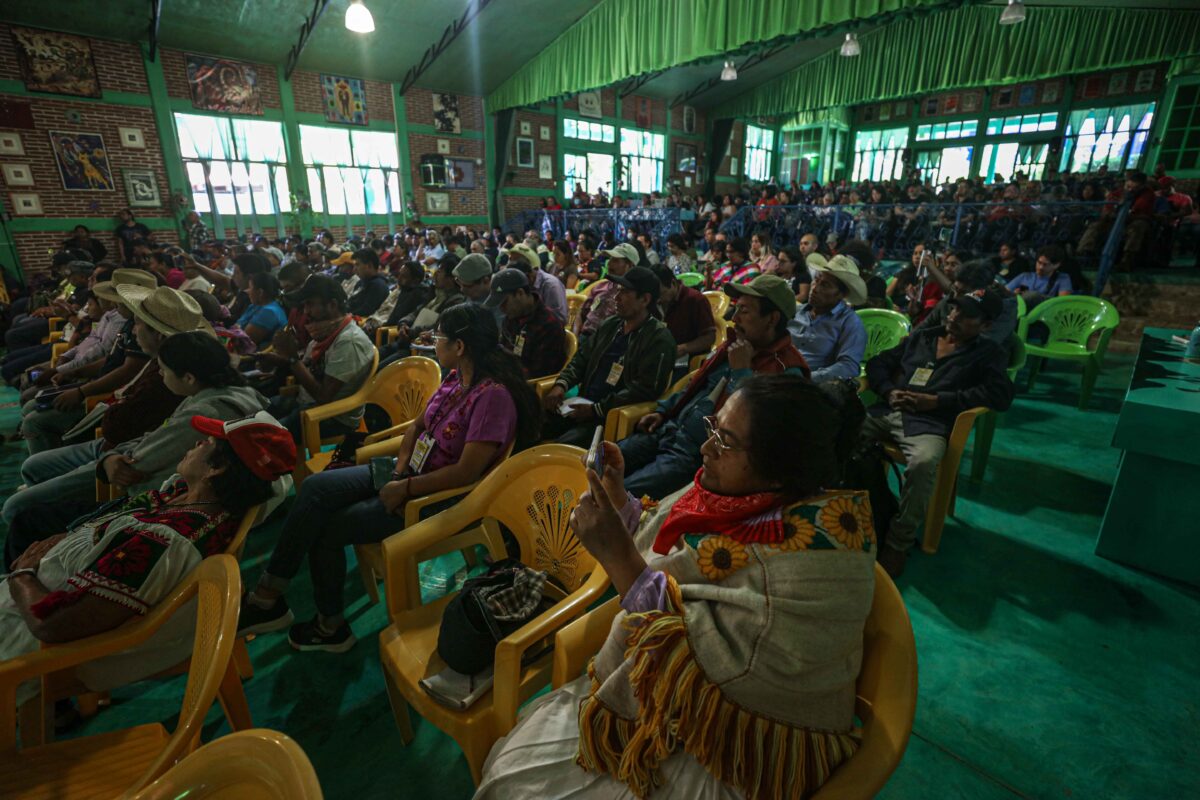
The agreement that seems most interesting to me is to focus regional meetings on young people, use art and creativity to fight for land and water, share the wisdom of planting the milpa with workshops, political formation or other pedagogical efforts, because It is being lost.
“Young people need to raise the banner of life,” said Bettina Cruz, a Binnizá woman from Juchitán who is a member of the Assembly of Peoples of the Isthmus in Defense of Land and Territory.
In this meeting it is a constant to hear something that before I did not hear so pronounced in meetings: drug trafficking co-opted young people throughout the south-southeast region, poisoned them.
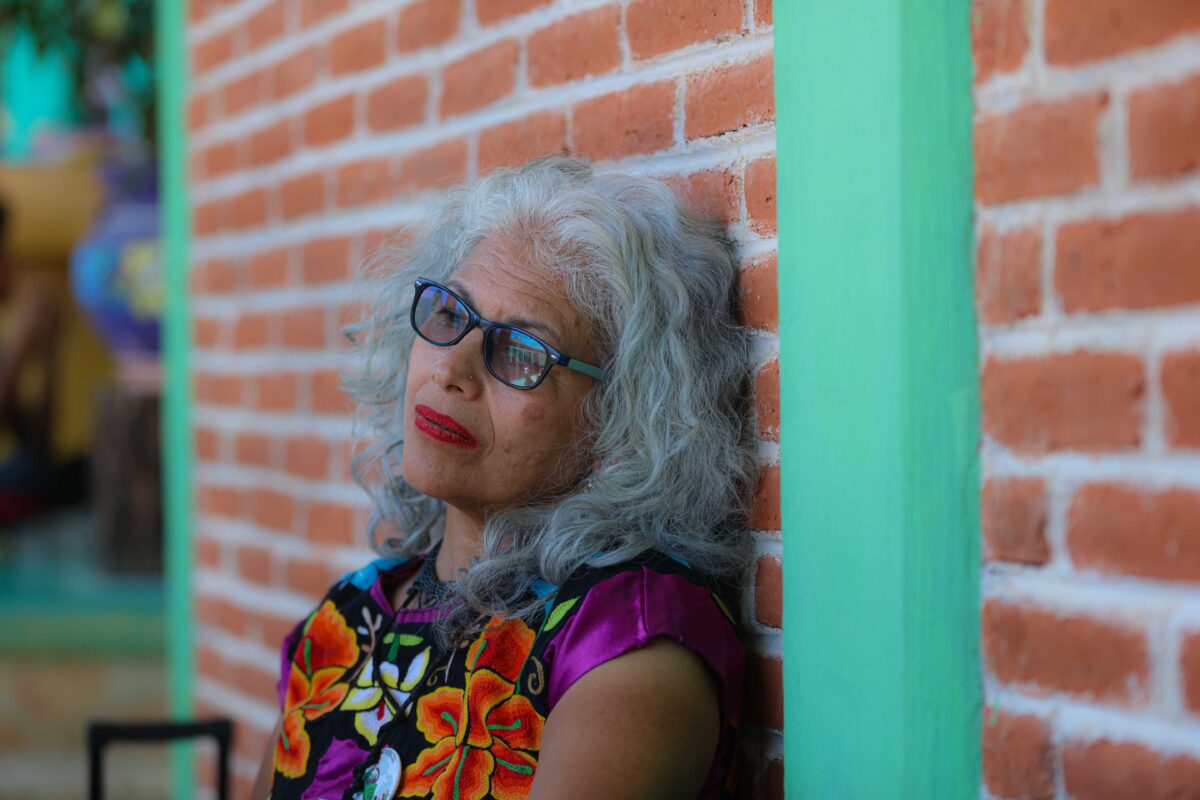
It adds to the fact that the towns are extremely divided by the handouts of social programs and differences in fighting tactics. The caravan witnessed how the majority wants the trains, but does not know what the entry of these megaprojects entails, since they are more than trains.
“The passage of the caravan in Felipe Carrillo Puerto was very important, because it shook many consciences. They began to talk about something that is not being talked about, which is the devastation of the jungle that the construction of the train is causing,” says Ángel Sulub, a young Mayan from the peninsula, a member of the U kúuchil k Ch’i’ibalo’on Community Center. .
According to Ángel, one of the most important points is that the caravan allowed them to meet more of their own people from Felipe Carrillo Puerto who do not want to join the train.
“We could also feel the hostility of the community, right? In other words, the people who defend tooth and nail a project that they call a national project or a political project or a character that people don’t necessarily know, like all the implications of those decisions that are being made”, says Angel. Sulub, peninsular Maya.
The three main local radio stations, which never talk about discontent, on this occasion had to talk about the train and its consequences. The caravan helped break the information siege, because throughout the journey through Chiapas, Oaxaca, Tabasco, Campeche, Yucatán, Quintana Roo, they realized the lack of information about the consequences and what these megaprojects are about.
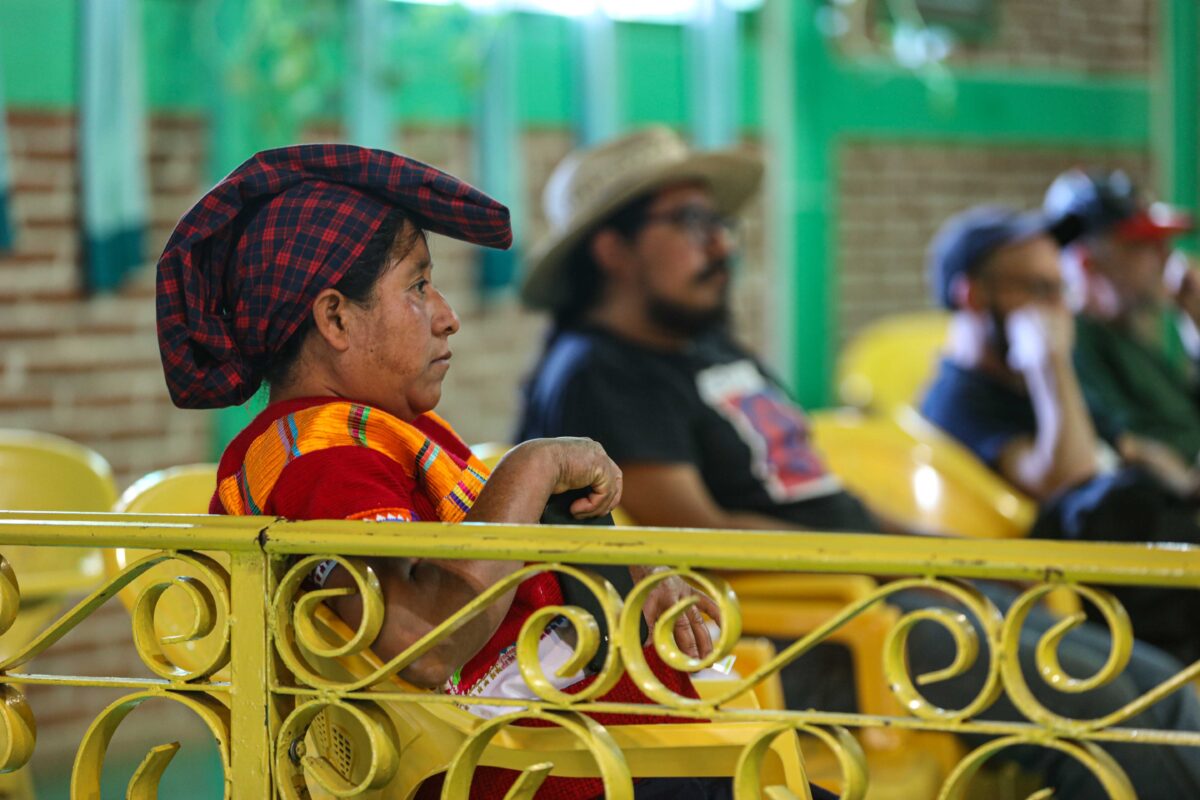
“Six people in Mexico whose names and surnames we can say have an income eight times higher than the more than 60 million Mexican men and women living in poverty and extreme poverty. It is a global and civilizing crisis never seen before that forces us to have the courage to try something nothing small. The destruction of this capitalist and patriarchal system in reality cannot be halfway done, ”says Carlos González, a member of the CNI coordinating commission, in his analysis.
The South Resists is a historic effort to confront the destruction. It is now the seed of something bigger, as it provokes awareness, information, an awakening, which will continue beyond the inauguration of the train megaprojects, as the government said in December.
“The dispossession war has just begun and it will last a long time,” says Raúl Zibechi, a popular journalist and educator, who gives an analysis during the meeting, and assures that the dispossession wars are structural and thus make up the structure of capitalism. He emphasizes the militarization experienced by the peoples from Mexico to Wallmapu in Chile, and the inconsistency of its imposition by governments of the left, which has always been anti-militarist.
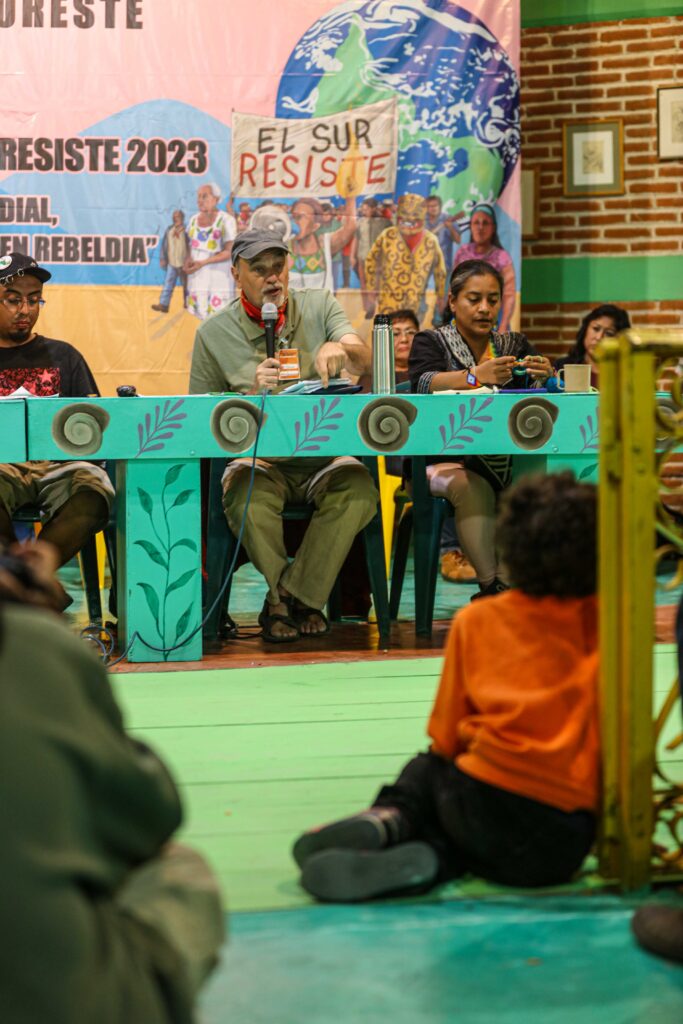
“The diagnosis of the EZLN of the Fourth World War has been made more than two decades ago. It seems to us totally correct and totally correct. We live in a war of dispossession against the peoples to clean up the territory”, emphasizes Zibechi, who adds that drug trafficking is systemic. The people who enter the narco, seen from below, are poor, without a future, where inequality blocked social ascent and they see a shortcut.
Carlos González is concerned about militarism as a source or as a mechanism of capital accumulation that with neoliberalism that thins the State, it becomes an active agent in the process of capitalist accumulation and profit, to impose megaprojects. He points to the long hand of the Pentagon to impose the megaprojects.
See with sadness I see and concern the complicity of cartels and government institutions, which does not diminish, “it grows again in a pre-election year, in this year 2023 and they will not let me lie because here in Chiapas they had never experienced what they heard that people lived in Tamaulipas, in Sinaloa, in Jalisco, in Guanajuato, in Guerrero, in Michoacán, in Jalisco, in Colima, now they are living here”.
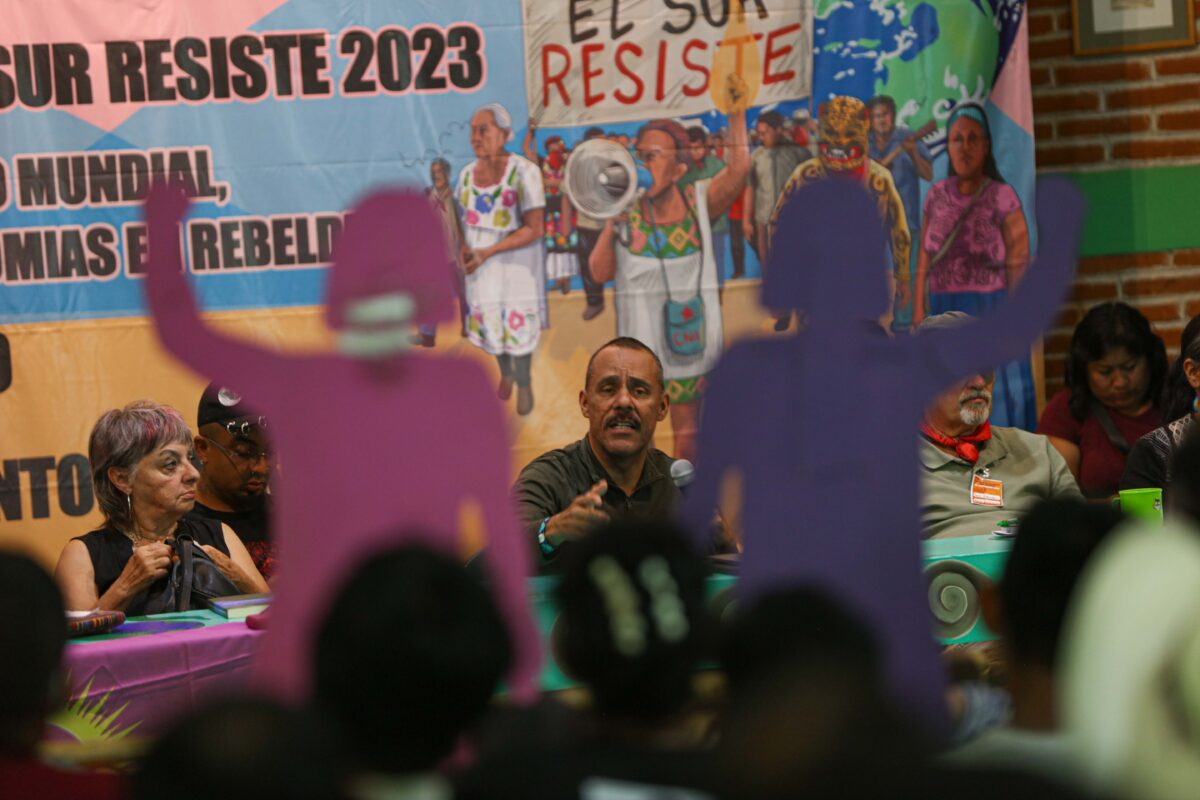
The South Resists centrally places spirituality, women, traditional medicine, ceremonies, midwifery for the tactics of fighting for life.
“Autonomy has already become common sense. And this seems to me to be an important achievement, ”says Zibechi, who points out the importance of the spirituality of the peoples, as a horizon to sustain the long-term struggle for land.” There is no final struggle, ”he says.
And it is cross-border… In Central America they are contemplating at least 7 trains that will connect with the Mexican megaprojects. International activists participated in the Caravan and the Meeting, and those from this region were essential to observe the megaprojects in the region from Mesoamerica to Panama and how they connect with Mexico, all in the energy, agro-industry, railway and commercial order of merchandise transfer .
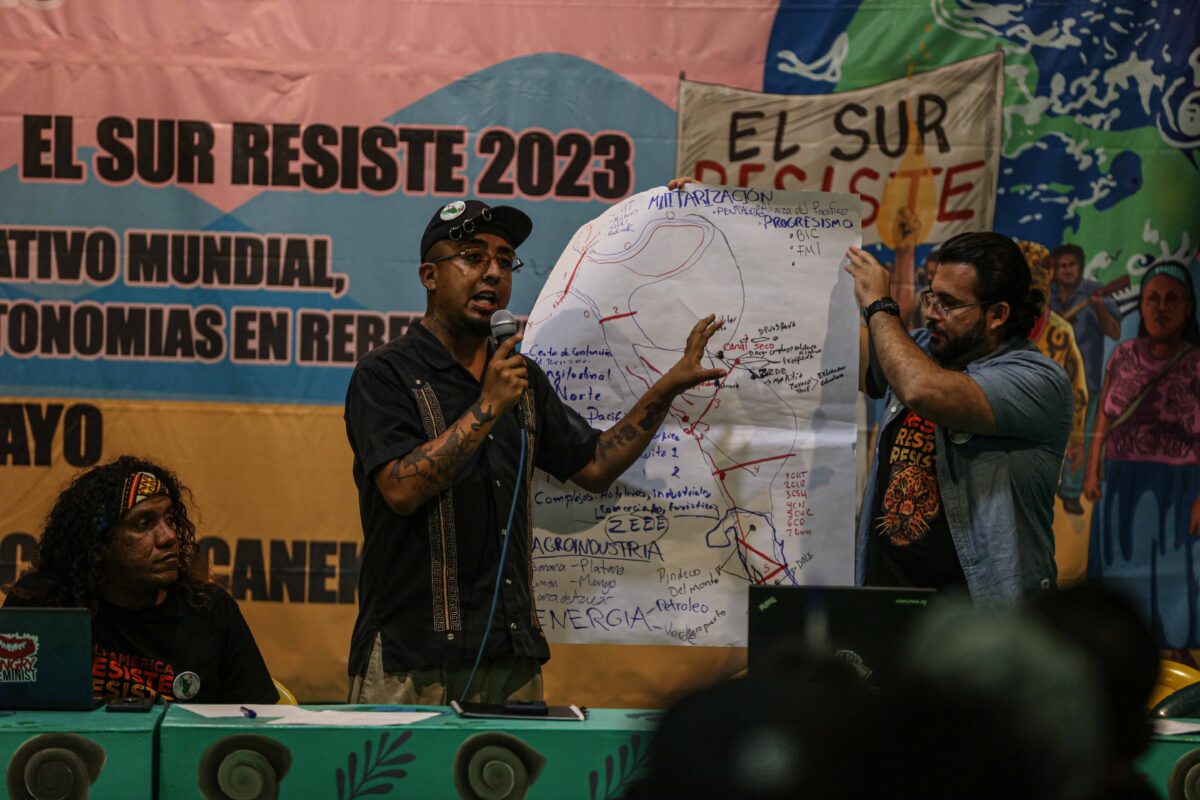
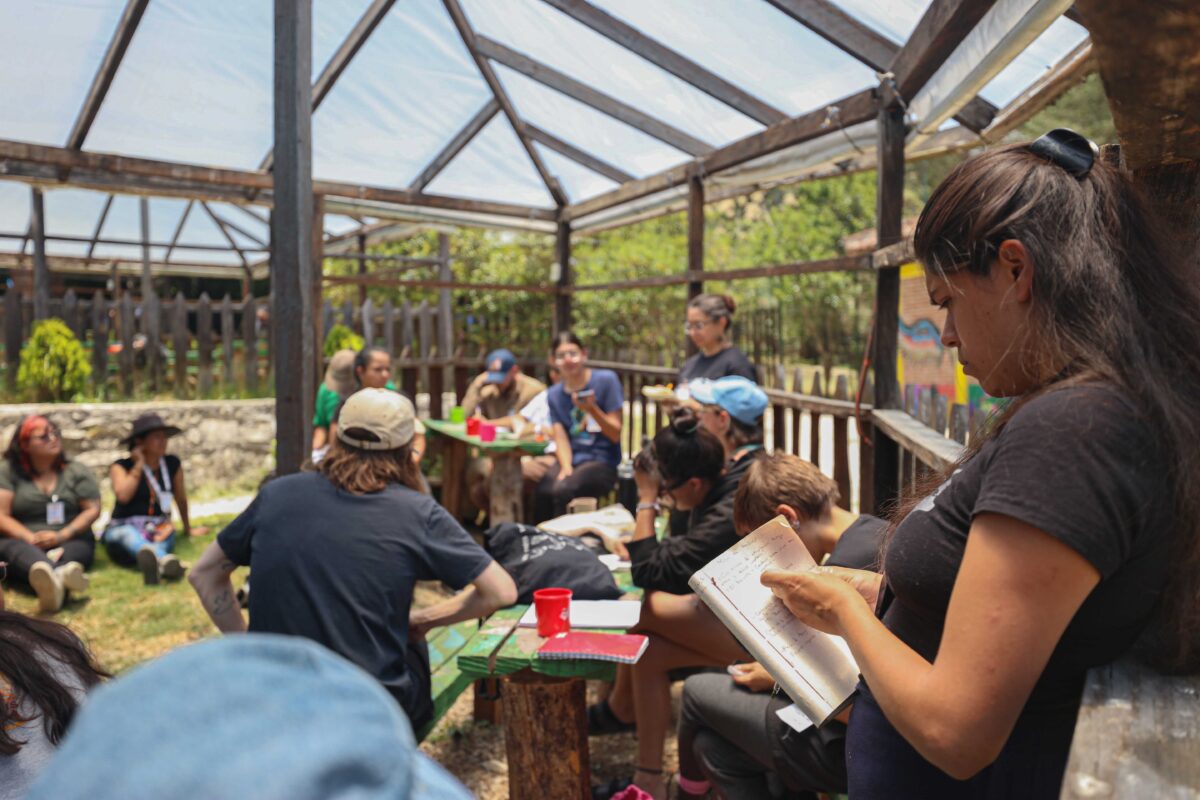
There are prominent delegations of allies from 30 countries and various parts of the world, the participation of broad European delegations stands out, since the call is also the result of the alliances that were woven with the Zapatista Journey for Life.
For Chicana activist Natalia Toscano, a member of the Sixth Grietas Norte network in the US, the caravan is historic. She walked through it. She is now more aware that the migration of Mexicans to the gringo country is because they were stripped of their lands and their way of life, like her relatives, and that is why she lives there.
Natalia assures that in the United States nothing is known about the destruction of the megaprojects in the south-southeast, and now witnessing the destruction allows her to spread beyond the networks of activists, as she was shocked by what she saw throughout the caravan .
“It was very impressive where they are building the train in various states, you could see where they were removing all the trees and preparing the land, not for the train to start building the tracks. Dead tree roots sticking out of the ground. in the air. drying up It is important to make this visible because it does not only affect Mexico, it will affect us all over the world”, says the activist who uses a few words in English from time to time.
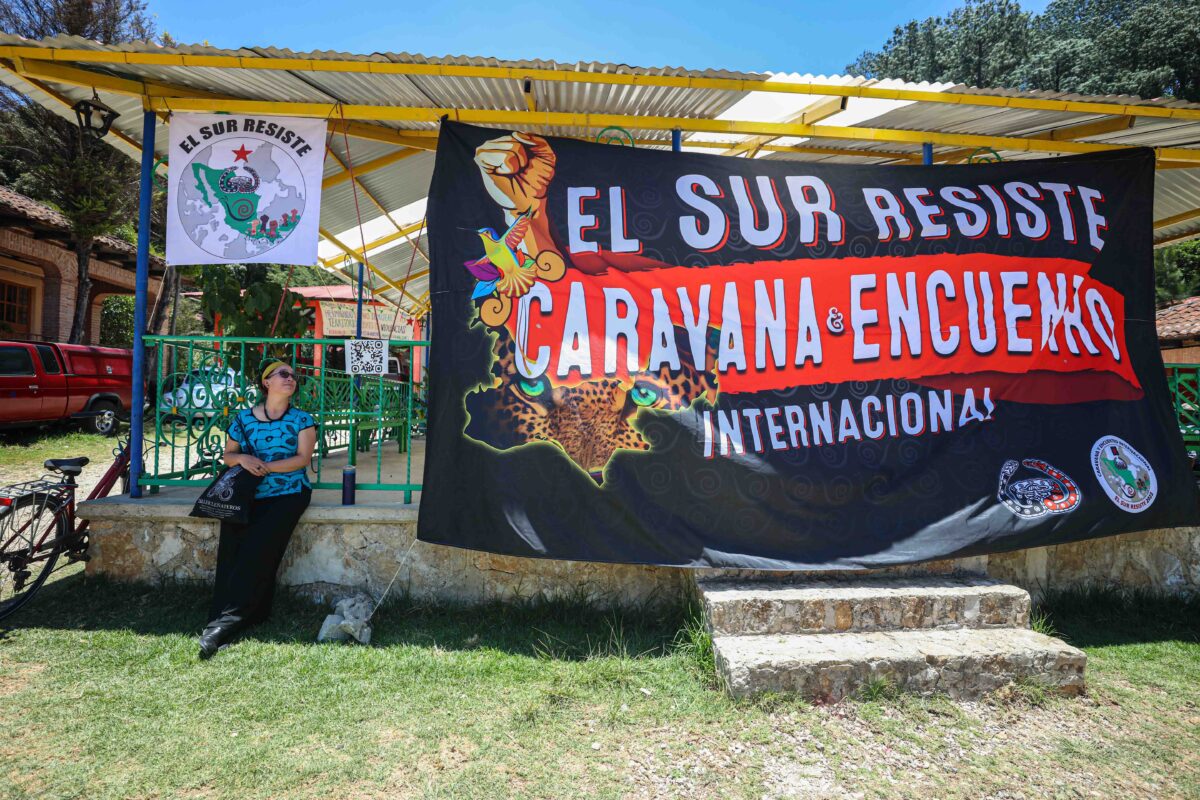
The idea is reinforced by José Luis Santillán from the Community Communication Research Center, who also toured the southeast and is now participating in the El Sur Resiste Meeting.
“A lot of information was needed. I think that is a great achievement of this caravan. I believe that it is a communicative watershed of the social movement in Mexico and in the world, which is seeing the magnitude of what the Mayan and interoceanic train megaprojects imply”, shares José Luis.
All the people interviewed agree: there is a bittersweet feeling in the caravan, on the one hand the pain and sadness of seeing environmental devastation and the tearing of the social fabric on the ground.
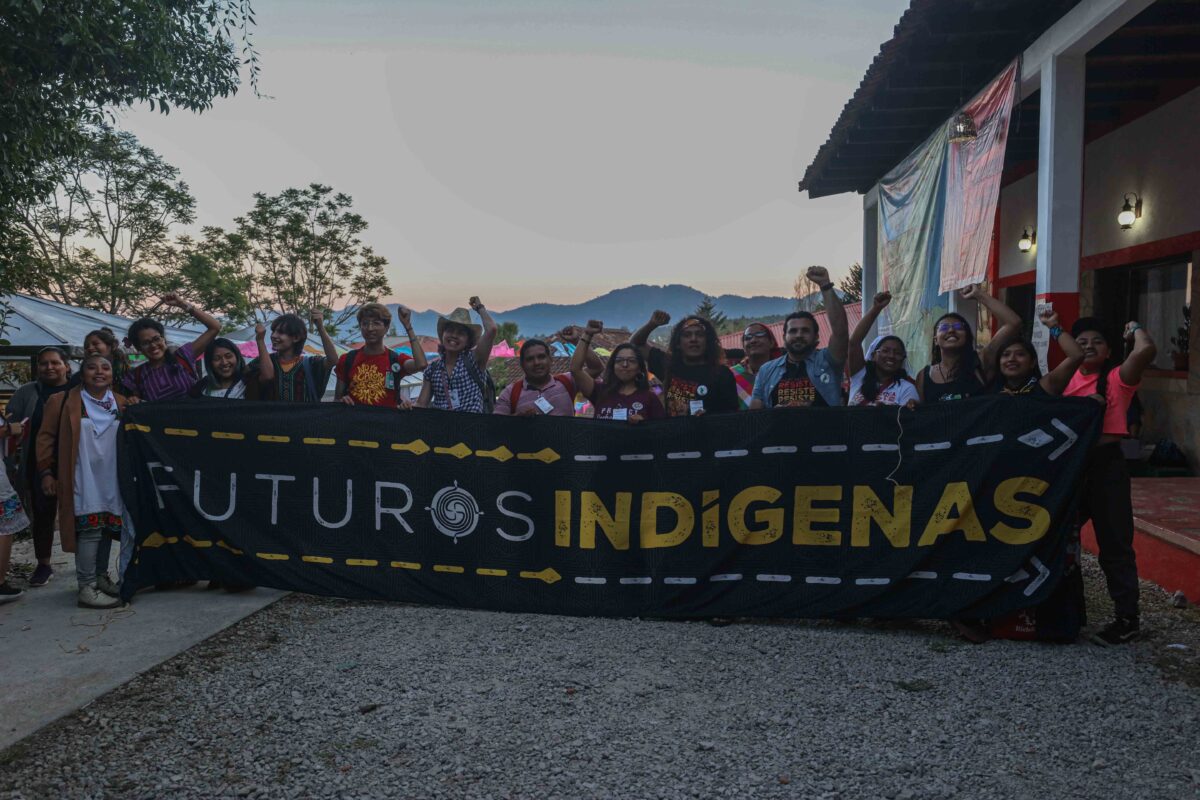
But on the other, see the joy and spirituality, the food and the traditions of the peoples who made up the 10 points of the tour. The horizon becomes hopeful when we meet. The Cideci Caracol Jacinto Canek looks full of activists like it hadn’t been for at least four years. A marimba enlivens the free time at the work tables.
According to Mario from the APIIDT, who participates in the organization of the El Sur Resiste events, the plurality of forces, organizations, communities, peoples and collectives that participated stands out. This is very valuable to him, since the caravan showed the articulation capacity of different actors.
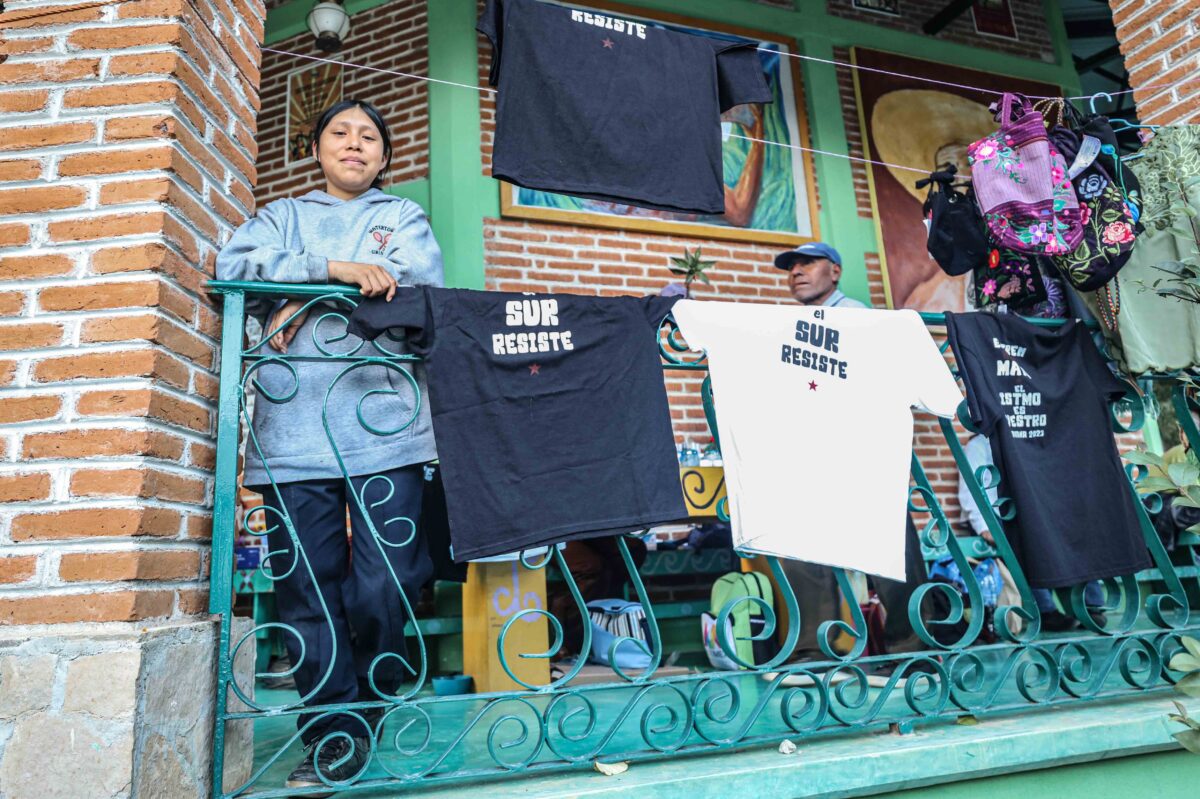
Abigail López Ramírez, a Nahua woman under 18 years of age from Santa María Zacatepec, toured the Caravan and now, from the meeting, assures that integrating young people is essential in the face of devastation.
She emphasizes that in Oteapan there were many young people who received them, and that for her was encouraging since in her town it is difficult to integrate the youth into the struggle for land and water.
“People are in favor of these projects because the system has convinced them that this is good, that this is progress for their communities. However, we know that it is not progress. The compañera Marichuy already said it: ‘if that is progress, then we don’t want it’”, says Abigail with a shy look.
It is time for the youth to raise the flag of life, as a horizon and hope for the world.
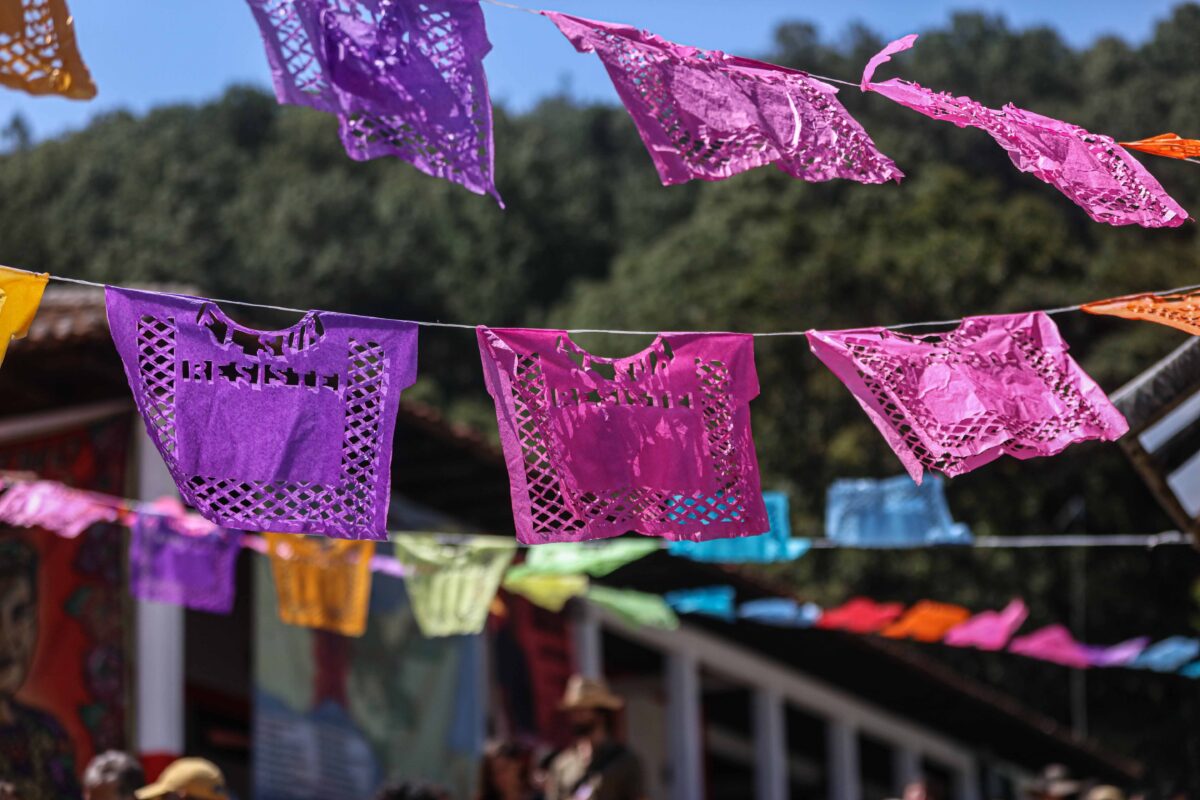
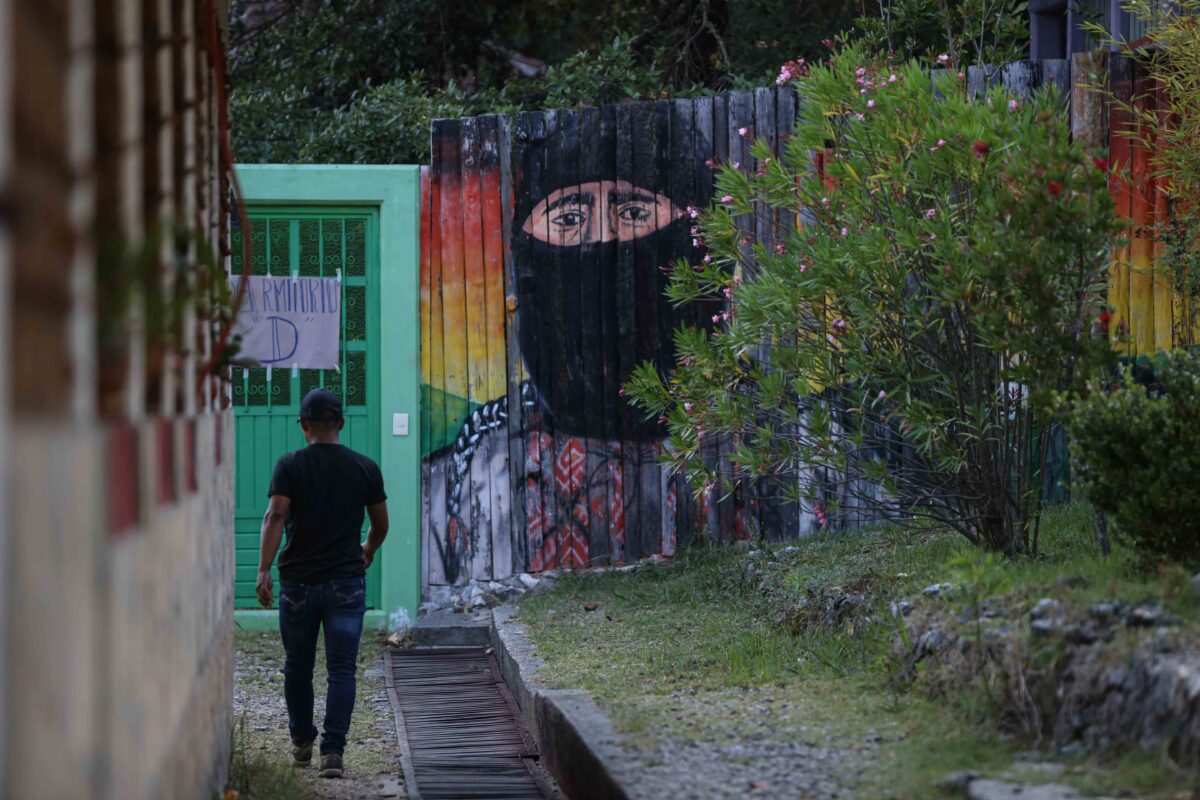
Related Posts:

Boots full of Earth. Story weaver. I narrate uprisings, cracks, healings, Towns. #CaminamosPregunando Ex officio, journalist. Master in Communication and social change. #Edition #Chronicle #Photo #Research

